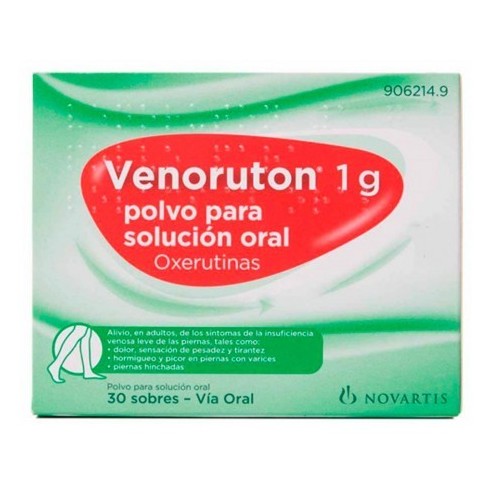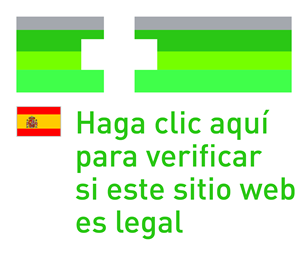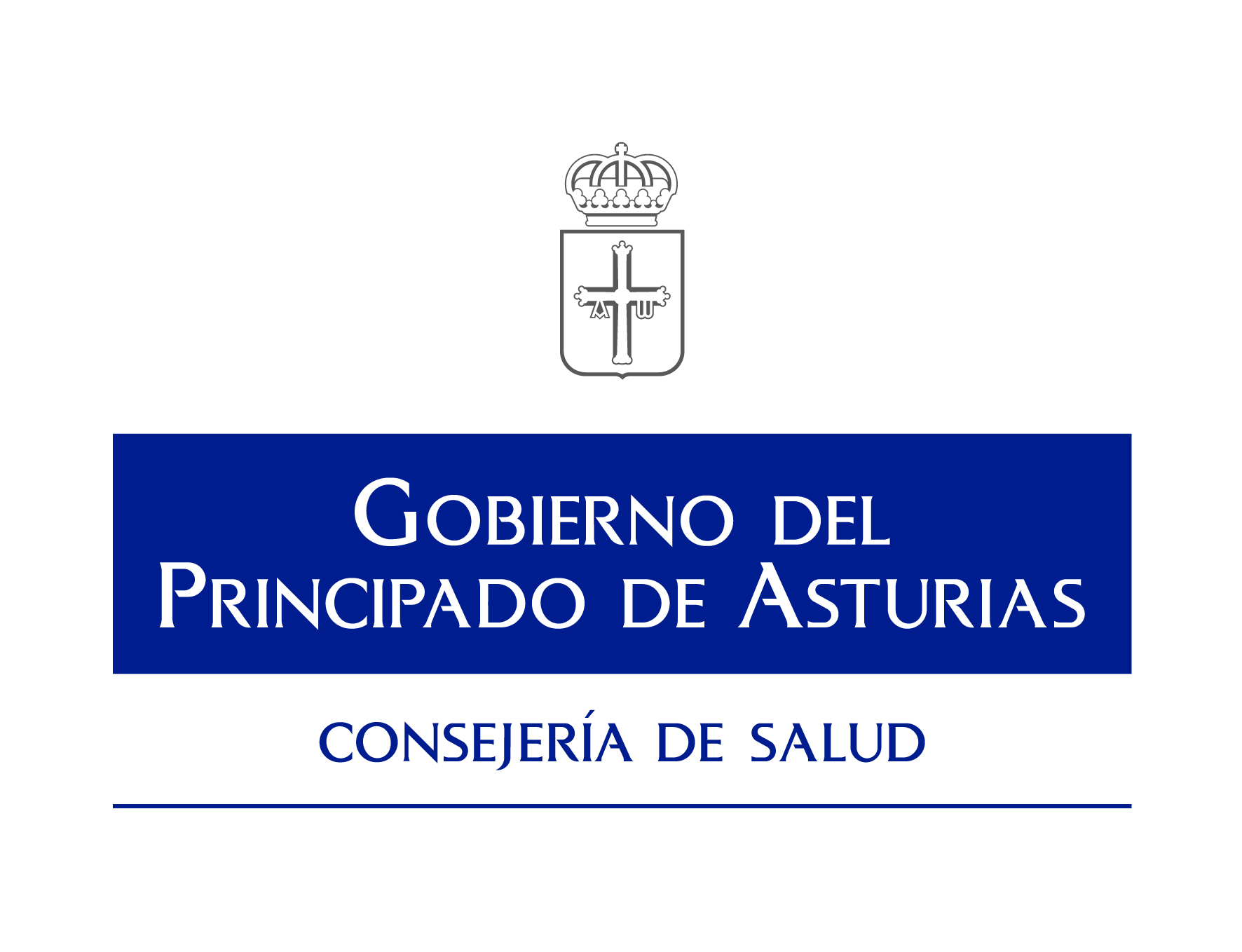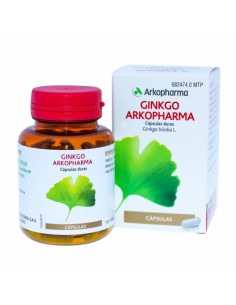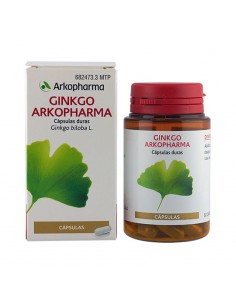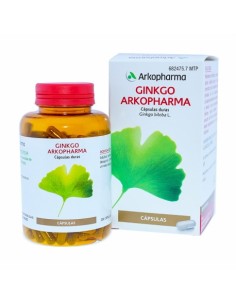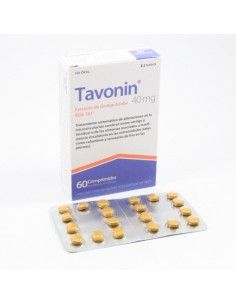Your cart
There are no more items in your cart Venoruton 1 g 30 sobres polvo solucion oral
STADA S.L
906214
In stock Venoruton effectively relieves the symptoms of venous insufficiency in the legs: pain, swelling, heaviness, tightness - in just 2 weeks!
Precio: €18.61

It may interest you
Description
Reviews (0)
No reviews

